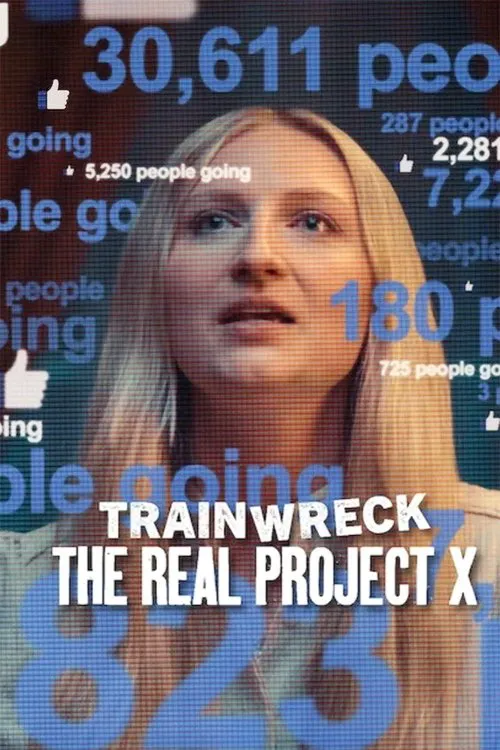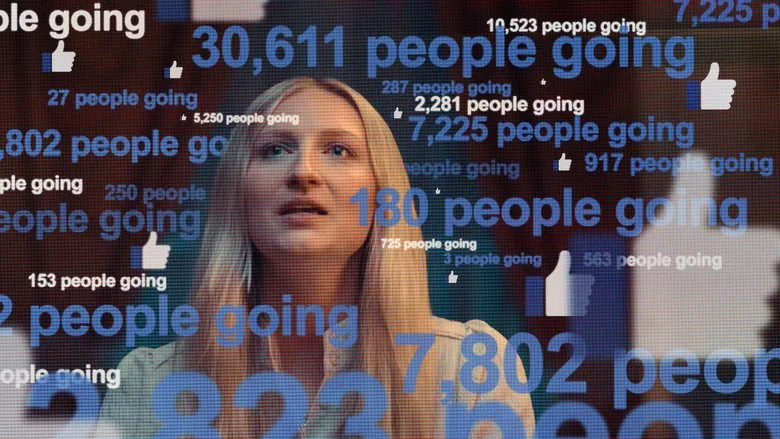“Trainwreck: The Real Project X” - Unpacking the Viral Catastrophe
In the quiet Dutch town of Hardenhuish, an ordinary birthday celebration spiraled into an international spectacle of unbridled chaos, inadvertently capturing the world’s attention. The documentary, “Trainwreck: The Real Project X,” serves as a chilling testament to this real-life event, plunging viewers into the heart of a social media-fueled disaster. As film critics, we delve into the making and profound implications of this compelling (and often terrifying) cinematic endeavor.
The Spark of Accidental Mayhem
The origin of “Trainwreck: The Real Project X” isn’t a conventional screenplay or a fictional plot conceived in a writer’s room. Its very genesis lies in a single, careless click: a Facebook invitation gone horribly wrong. The film meticulously chronicles the story of Jip Jernsen, whose innocent birthday bash invite, recklessly cast into the digital ether, snowballed from a quaint gathering into an epic, drunken free-for-all. What was meant for local friends instead found its way to thousands of strangers, setting the stage for an indelible night.
The documentary masterfully reconstructs this rapid escalation, demonstrating how the initial whispers of a party quickly amplified into a roaring, unstoppable monster. From a small living room, the celebration burst forth, engulfing streets, sidewalks, and buildings in a frenzy the tranquil township had never witnessed. Through a combination of eyewitness accounts and the very live footage that fueled the original virality, “Trainwreck: The Real Project X” puts you squarely in the midst of the escalating pandemonium.

Chronicling the Carnage: A Glimpse into Human Excess
Tasked with making sense of the sensless, the filmmakers behind “Trainwreck: The Real Project X” faced the unique challenge of piecing together fragmented memories and chaotic social media snippets into a coherent narrative. They delve deep into the human impulse to let loose, to indulge in excess, and the volatile cocktail of alcohol, peer pressure, and digital amplification. The documentary isn’t just about what happened, but why it happened, and the contagious nature of the event itself.
Interviews with participants and startled bystanders provide raw, often contradictory, insights into the collective psyche that took hold that night. How did people justify vandalism? What drove the seemingly ordinary to engage in such widespread destruction? The film explores these uncomfortable questions, offering a nuanced (if unsettling) look into the decision-making processes under duress and intoxication. It highlights the disturbing efficiency with which social media can broadcast and, in turn, intensify such events, making the private public in mere moments.

Beyond the Aftermath: A Profound Cautionary Tale
“Trainwreck: The Real Project X” transcends mere sensationalism; at its core, it is a potent cautionary tale for the digital age. It meticulously unpacks the unforeseen consequences of reckless social media sharing, demonstrating how a simple online invite can detonate into a real-world catastrophe. Furthermore, it scrutinizes the perils of unchecked party culture, where the line between revelry and rampant destruction becomes horrifyingly blurred.
Perhaps most compelling is the film’s unflinching portrayal of the aftermath. As the initial pandemonium subsided, leaving behind a scarred town and a trail of wreckage, the cameras capture the arduous path back to normalcy. We see the participants grappling with the very real legal and social consequences of their actions, while the wider community of Hardenhuish grapples with the emotional toll of having their quiet lives turned into a global spectacle. The documentary forces viewers to confront uncomfortable questions about accountability, the intricate relationship between freedom and chaos, and the transformative (and often destructive) power of technology on societal norms.

Ultimately, “Trainwreck: The Real Project X” leaves an indelible mark. It’s a shocking, yet captivating, exposé on the untamed aspects of human behavior and a sobering reflection on the digital footprints we leave behind. More than just a recount of a party gone wild, it’s a chilling mirror held up to our interconnected world, prompting introspection on our collective responsibilities and vulnerabilities.